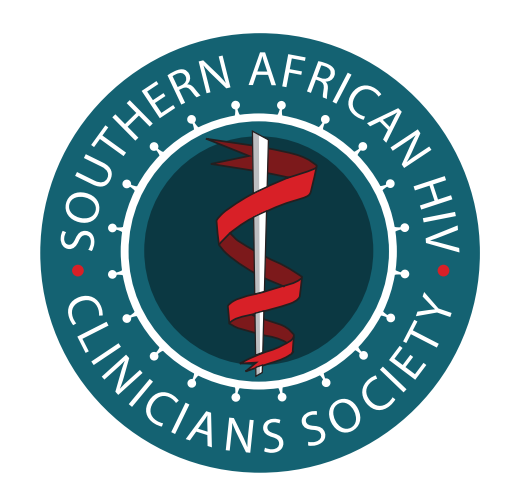Review Article
Age-related differences in the vascular function and structure of South Africans living with HIV
Submitted: 18 October 2021 | Published: 24 February 2022
About the author(s)
Anisca Louwrens, Hypertension in Africa Research Team (HART), School for Physiology, Nutrition and Consumer Science, Faculty of Health Sciences, North-West University, Potchefstroom, South AfricaCarla M.T. Fourie, Hypertension in Africa Research Team (HART), School for Physiology, Nutrition and Consumer Science, Faculty of Health Sciences, North-West University, Potchefstroom, South Africa; and, MRC Research Unit for Hypertension and Cardiovascular Disease, Faculty of Health Sciences, North-West University, Potchefstroom, South Africa
Shani Botha-Le Roux, Hypertension in Africa Research Team (HART), School for Physiology, Nutrition and Consumer Science, Faculty of Health Sciences, North-West University, Potchefstroom, South Africa; and, MRC Research Unit for Hypertension and Cardiovascular Disease, Faculty of Health Sciences, North-West University, Potchefstroom, South Africa
Yolandi Breet, Hypertension in Africa Research Team (HART), School for Physiology, Nutrition and Consumer Science, Faculty of Health Sciences, North-West University, Potchefstroom, South Africa; and, MRC Research Unit for Hypertension and Cardiovascular Disease, Faculty of Health Sciences, North-West University, Potchefstroom, South Africa
Abstract
Background: As the life expectancy of people living with the HIV increases because of antiretroviral treatment (ART), their risk for vascular co-morbidities and early vascular ageing (EVA) also increases.
Objective: We aimed to investigate whether HIV infection relates to vascular structure and function in black South African adults and whether this relationship is age dependent.
Method: This cross-sectional study carried out in urban and rural areas of North West province, South Africa, included 572 age- and sex-matched people living with HIV (PLWH) and without HIV. Participants from the EndoAfrica study and PURE study were stratified according to tertiles of age. Measures of vascular structure (carotid intima-media thickness) and function (carotid-femoral pulse wave velocity, central systolic blood pressure, central pulse pressure and pulse pressure amplification) were determined.
Results: Blood pressure measures were lower in PLWH compared with their controls (all P ≤ 0.001), especially in the younger and middle-aged groups (all P ≤ 0.031), whilst vascular measures did not differ (all P ≥ 0.611). In multivariate linear regression analyses, vascular measures were not associated with a HIV- positive status in either the total or any of the age groups.
Conclusion: Black South Africans living with HIV have a less adverse blood pressure profile than their counterparts without HIV. The HIV-positive status was not associated with measures of vascular structure or function in any age group. The results suggest that HIV does not contribute to EVA in this population; however, further longitudinal investigation is warranted.
Keywords
Metrics
Total abstract views: 2638Total article views: 2770
Crossref Citations
1. A Pilot Investigation of the Association Between Vpr Amino Acid Substitutions and Peripheral Immune Marker Levels in People With Human Immunodeficiency Virus: Implications for Neurocognitive Impairment
Levanco K Asia, Esmé Jansen Van Vuren, Iolanthé M Kruger, Monray E Williams
Open Forum Infectious Diseases vol: 11 issue: 3 year: 2024
doi: 10.1093/ofid/ofae111
